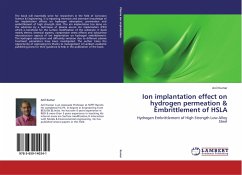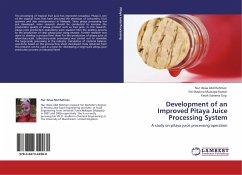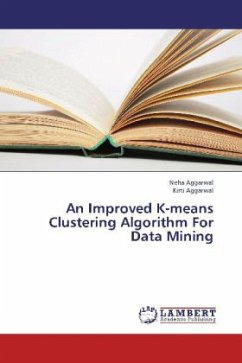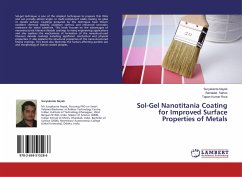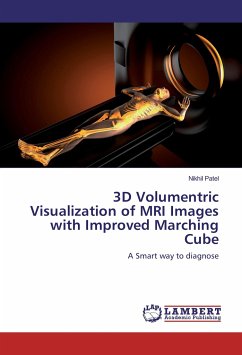Among the most important challenges of modern material engineering is to repair ill or damaged organs of the human body. Ceramic materials have various superior characteristics in mechanical properties, heat resistance and chemical stability. Therefore, ceramics have been considered as the candidate for biomaterials used for tooth root and artificial bone. Among the ceramics, alumina is being widely used as hard tissue replacement. Despite having the assets for its effective use as hard tissue implant materials, it has some major drawbacks. Though alumina is inert, but it is corrodible in body solution, which may lead to failure of the implant. Another major drawback is its rigidity and brittleness. In this work, we have tried to improve the properties of alumina by nitrogen ion implantation for its use as potential hard tissue replacement. Ion implantation offers an unrivalled tool for tailoring of the surface properties, making possible to design new biocompatible materials characterized by superior mechanical and biological properties. In this work we have improved the surface properties of alumina without changing the bulk properties by nitrogen ion implantation.
Bitte wählen Sie Ihr Anliegen aus.
Rechnungen
Retourenschein anfordern
Bestellstatus
Storno


